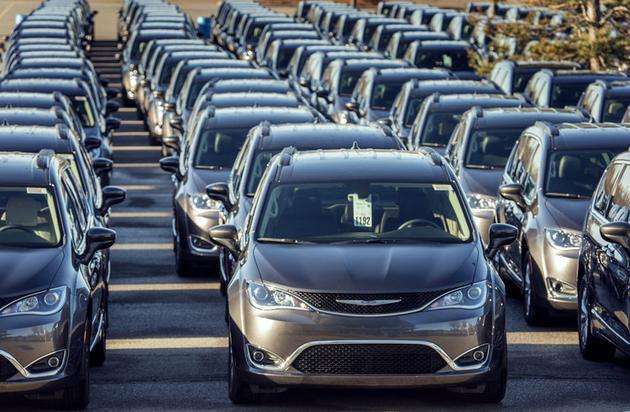
Safety
Safety is a major factor in driving demand growth of driverless cars. Every year the driver's carelessness leads to many accidents. Since drivers are riddled with errors, auto makers certainly want to focus on designing systems that ensure the safety of their cars. "Unmanned" driving system of various kinds, some of which is not "no", and some like the stuff of science fiction.
Anti lock braking systems, even unmanned systems. Although anti lock brakes require the driver to operate, the system can still be used as a representative of the driverless system series, as part of the anti lock braking system needs to be manually implemented by the driver in the past. When a car does not have an anti lock brake system, the tires will be locked and the car will slip out of control. When driving a car without anti lock brakes, the driver repeatedly treads on the brake pedal to prevent the tires from locking. Anti lock braking system can do this instead of the driver - and it works better than manual operation. The system monitors tire conditions, knows when the tires will be locked, and responds in a timely manner. And the reaction time is more accurate than the driver. Anti lock braking system is one of the early technologies that lead the automobile industry towards unmanned driving.
Another unmanned system is a traction or stability control system. These systems are less dramatic, and only professional drivers are aware of their role. Traction and stability control systems are more responsive than any of the drivers. Unlike ABS, these systems are very complex and systems work together to prevent vehicle from getting out of hand.
When the car is going out of control, skidding or tipping, the stability and traction control system can detect danger and start in time to prevent accidents. These systems read the direction and speed of the car and the state of contact between the tire and the ground. The stability or traction control system will intervene when it detects that the car is going out of control and may cause a rollover. These systems are different from the driver, they can brake each tire individually, increase or reduce power output, and compared to four tires at the same time operation, this usually works better. When these systems are operating properly, they can react accurately. Relatively, drivers often operate improperly and adjust excessively in an emergency.
Automatic parking
Most of the damage is not a major accident, but a small knock in the parking lot. Parking may be the least dangerous driver, but it still makes a mess of things. Although some car manufacturers for vehicles with rear view camera and can be measured around the object distance sensor even can display the vehicle around the car computer -- some people will still be a road bumps into the parking lot.
The Lexus LS 460L adopts the advanced parking navigation system, the car driver does not have similar worries. The system passes the sensors around the car to the parking spaces (that is, drivers do not need to operate manually at all). Of course, the system can't be as advanced as star trek. Before the start of the navigation, the driver needs to find a parking spot, drive the car near the site, and use the car navigation display to tell the car where to go. Parking spaces need to be 2 meters longer than the body (LS's body is longer). Automatic parking system is a great achievement of unmanned vehicle technology. Through this system, the vehicle can observe the environment like the driver, respond in a timely manner and travel safely from A to B. Although the technology isn't going to let anyone go, let the car take you home automatically, but it's the first step in that direction.


